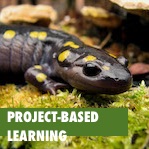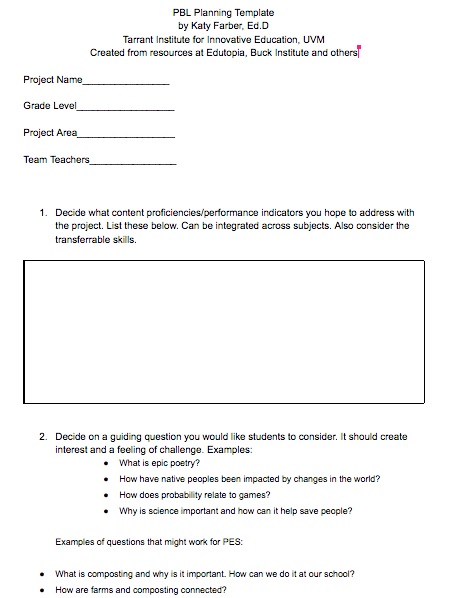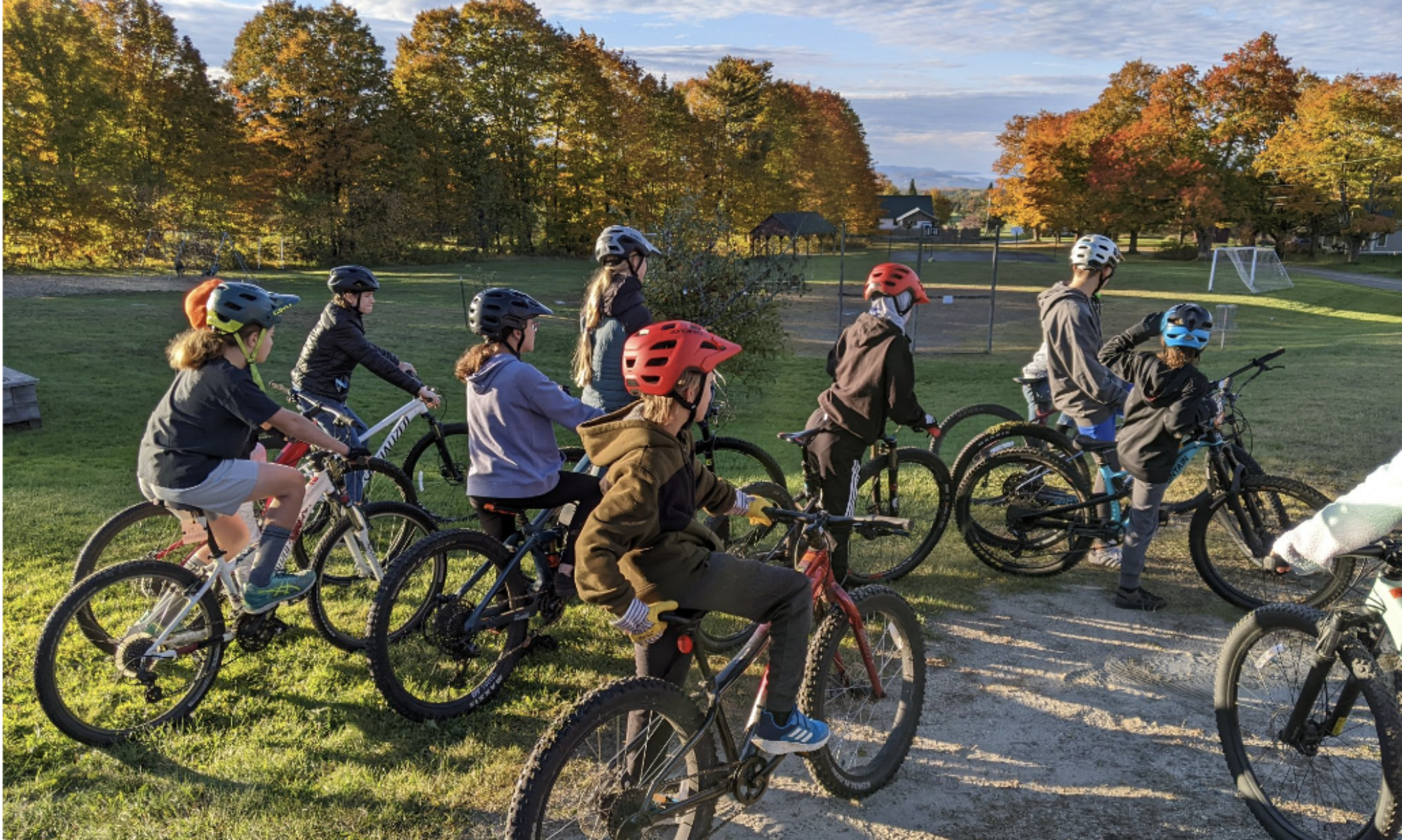8 great ways to approach PBL in the primary grades
 Picture this: you have a class of primary-grade students. Say grades K-3. They are learning their letters, and how to tie their shoes, how to go to the bathroom independently and write their names. This list of what to learn is long!
Picture this: you have a class of primary-grade students. Say grades K-3. They are learning their letters, and how to tie their shoes, how to go to the bathroom independently and write their names. This list of what to learn is long!
But we also know that students at this age also need to be developing their ability to collaborate, problem-solve, and communicate. And believe it or not, PBL is a great way to do this.
The key is to start small and make it manageable. Let’s break it down.
Getting started with project-based learning and grades K-3
1. Use this template (please make a copy!) to create outline your project.
 Fill in all that you can. The most important thing about primary PBL, though, is to…
Fill in all that you can. The most important thing about primary PBL, though, is to…
2. Start simple.
Try converting a favorite unit into PBL. What I mean by that is take a unit, or district standard, and create an exciting driving question out of it.
Such as: What are wild salmon and why are they disappearing?; How do plants survive?; What can we do about all the trash in the world? Asking the question invites students into the process. They will likely learn and do similar things as in your previous unit, but will be authentically engaged and motivated.
3. Create an engaging entry event.
How will you generate interest before introducing the driving question?
This should be something exciting. Something to cause the students to jump up and almost shout out your driving question.
It could be dumping the classroom trash on a tarp. Looking at all of it and saying, “What are we going to do with all this?” Or, taking a house plant that is dying, and saying, “What is happening here?” Students at this age need experience asking questions, observing, using oral descriptive language. This is the work of the primary grades.
4. Consider collaboration opportunities.
Students can work in groups, pairs or even individually in PBL. If students do work individually, create many opportunities for collaboration about the project on the way. These can be check in partners, question helpers, students to rehearse with. Collaboration is key with PBL, so provide opportunities for this no matter what the grouping. In groups, students may need some clear roles such as illustrator, norm checker, and discussion leader.
5. Get students excited about a community sharing event.
In the template, you will see that sharing out the project at the end is a key part of PBL. It motivates students and connects them to the world around them. But it doesn’t have to be a school board presentation (but it CAN be) or a BIG festival. It can be presenting to an older grade, to another primary grade, or online to another classroom. It can be presenting to parents, with some special invited guests that have to do with the subject. It can be creating a video of the presentation and posting it. You can ask your students how they want to share it, or design this yourself. Keep it simple!
6. Think about reflection.
Much of the learning in PBL happens in reflection. How can students learn to start thinking about their own learning? Primary students can draw how they feel after PBL. They can partner to talk about a prompt (What did you learn today? How are you feeling about your project?). Design these to take place regularly. They can be oral, written, or expressive.
7. Provide supports.
This is probably the most critical for primary. Students will need picture books on the subject, access to audio information, and other resources at their level. Take some time before the launch and team up with the librarian and special educator. What resources can be gathered? Then schedule times when all adults available (paraprofessionals, Special Education teachers) can come support primary students during their research.
8. Take pictures or video!
This is exciting work. I know, it is so busy– but either try to take some pictures and video of the project, or enlist the technology integrationist, or an eager older student (5th or 6th graders love this!) to record the PBL process. Documenting the process can also take place with a nifty app called Seesaw, designed to gather evidence of growth in an elementary school environment.
Seesaw makes sense for primary grades because students don’t need email addresses to use it; you set up a journal for the class, and students can use classroom devices to share their reflections to your journal.
Looking for examples of PBL in the primary grades?
Here’s a great example of how one educator made PBL work in her first grade classroom. Her students worked together to find out about yellow-legged frogs, how they like to live, and how to provide a better place for them.

After that, they moved on to a simplified version of Trout in the Classroom, where, as a class, they answered the question:
“How do we teach others to successfully raise trout eggs and help them understand the importance of keeping our watersheds healthy?”
A great driving question that led to many related, engaging activities with a real-world result.
You can do it!
Project-based learning can be an exciting opportunity for students in the elementary grades. It can be overwhelming, but I am hoping these tips can help you see that if you keep it simple, stick to the main PBL elements, and ask for support you CAN do it.

